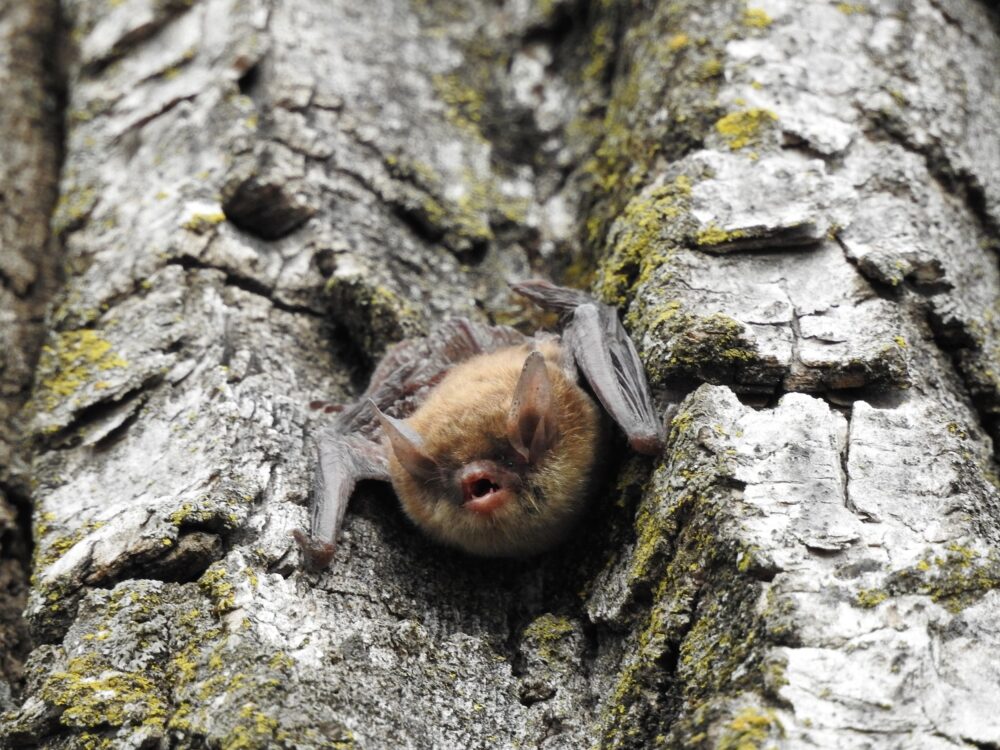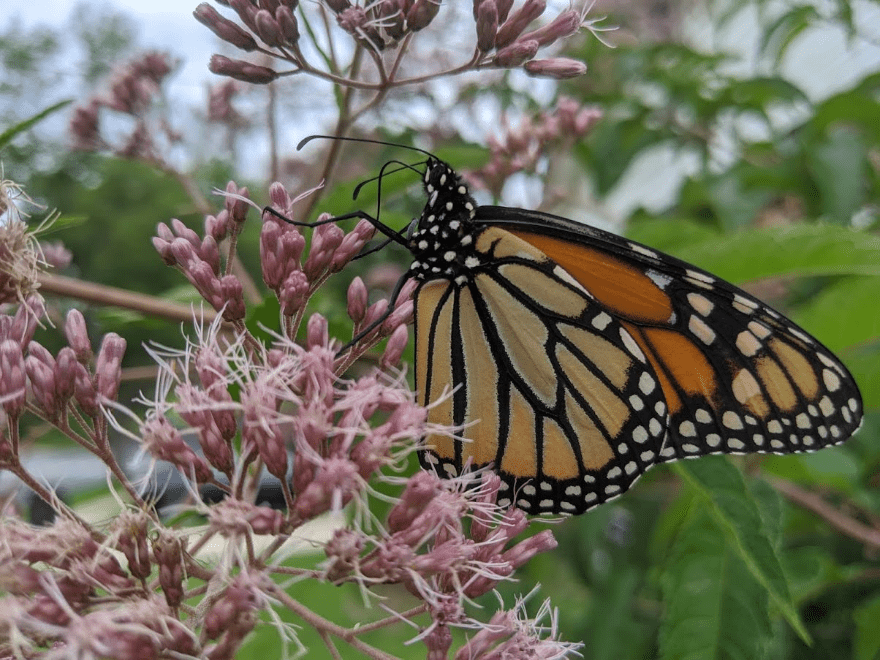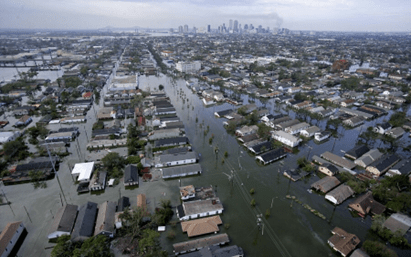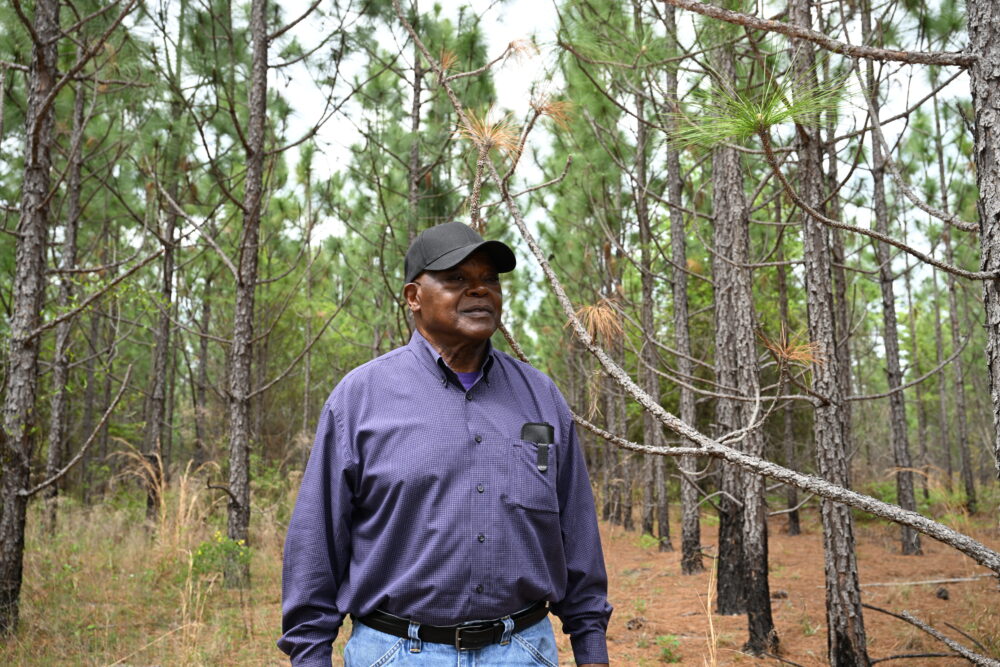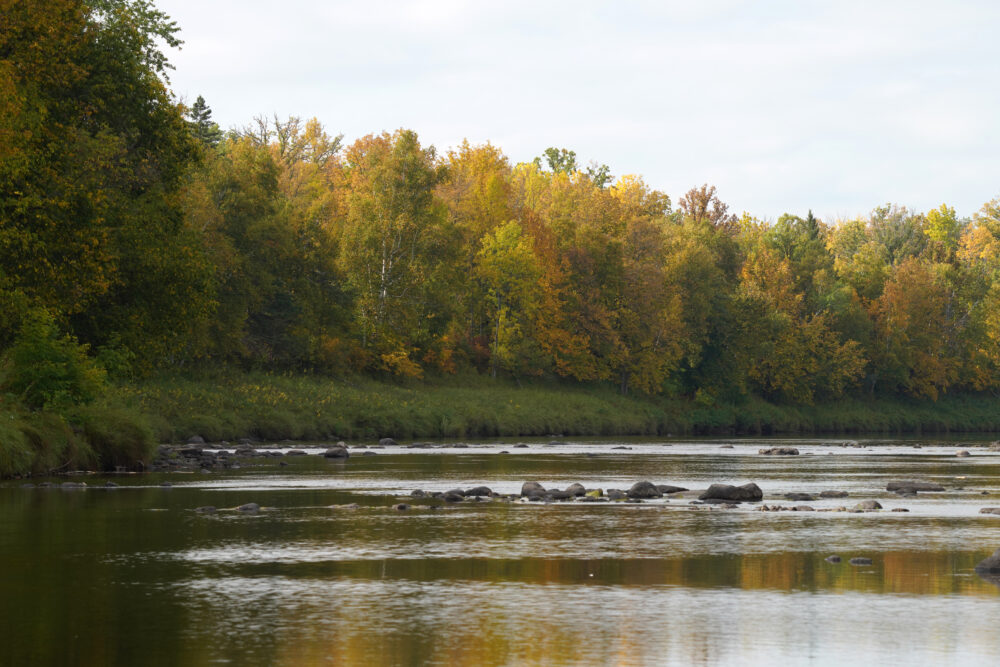We have much more to do and your continued support is needed now more than ever.
Tracking Climate Pollution is Under Threat

The Administration’s attacks on our environment keep on coming. The latest? A repeal of the Greenhouse Gas Reporting Program (GHGRP), which helps track the amount and type of greenhouse gas emissions from thousands of industrial facilities across the U.S. This program, administered by the Environmental Protection Agency, is a crucial part of how the U.S. monitors and reduces the dangerous pollution that is contributing to climate change and its harmful environmental and health impacts.
Why the GHGRP matters
The Greenhouse Gas Reporting Program began in 2009, after Congress directed the Environmental Protection Agency (EPA) to mandate reporting of certain greenhouse gas emissions. GHGRP covers emissions from 47 different source categories, including oil and gas producers and processors, coal mines, different types of chemical manufacturers, and solid waste landfills.
The program collects data on a broad scope of emissions: carbon dioxide, methane, nitrous oxides, perfluorocarbons, and more. The EPA estimates 85 to 90 percent of annual man-made GHG emissions have been reported under the program, from about 8,000 facilities across the U.S.
GHGRP data helps the U.S.—in both the public and private sectors—make smart, science-based decisions about where and how to reduce greenhouse gases. It is a key component of U.S. commitments to international climate agreements. The EPA has relied on the GHGRP to develop emissions standards for oil and natural gas facilities, and uses it to track progress reducing hydrofluorocarbons (highly potent GHGs).
States and localities rely on GHGRP data to inform their own emissions inventory programs and mitigation policies. Companies use GHGRP to report and verify emissions for global trade, intergovernmental relations, accessing certain tax credits, and voluntary emissions reduction goals.
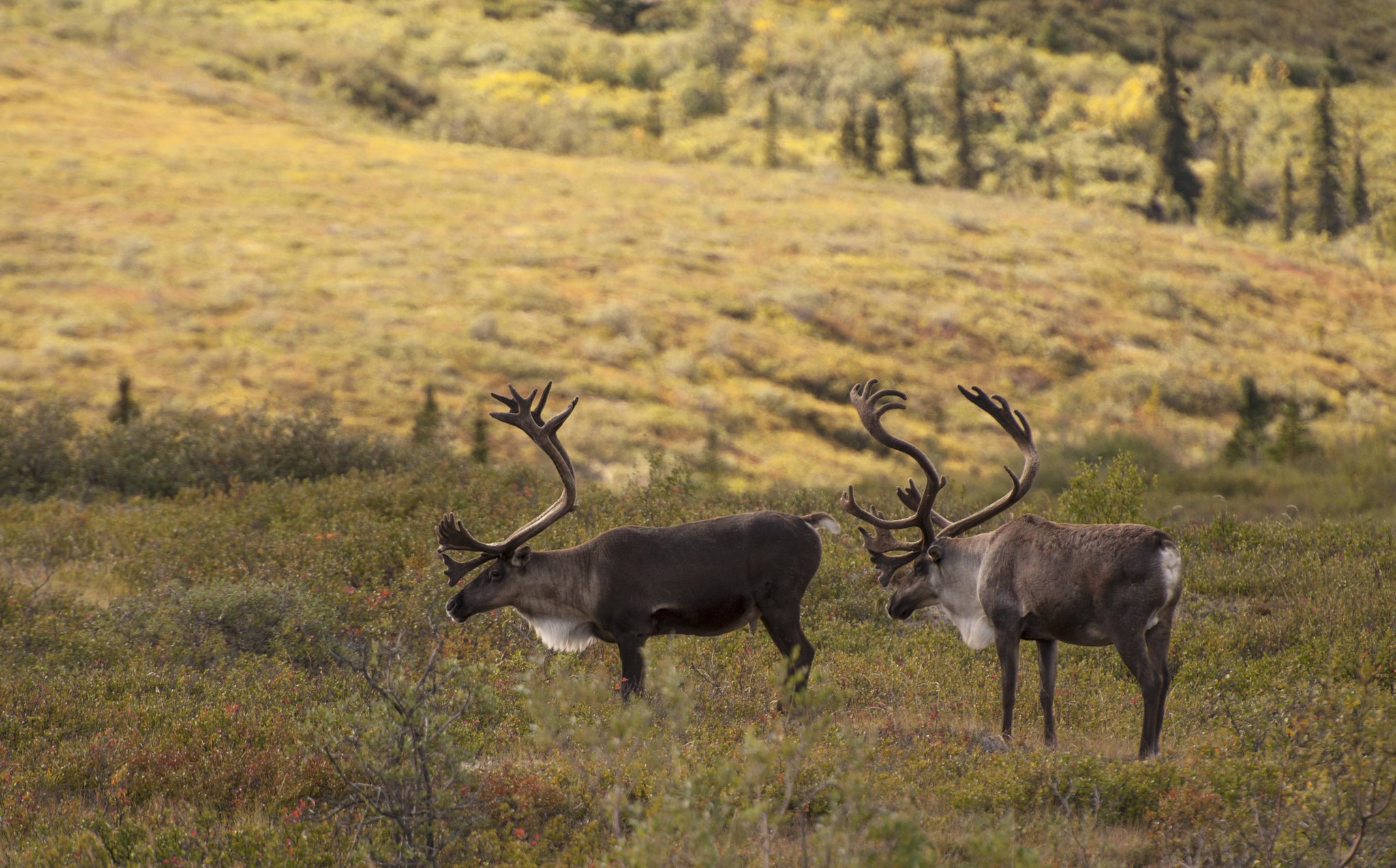
A GHGRP repeal will harm people and wildlife
The EPA is currently proposing to essentially eliminate the GHGRP, claiming that the program has no material impact on improving human health and the environment. We know this is false—rising rates of GHGs are causing widespread, rapid, devastating changes to our oceans, lands, and in our atmosphere. Which, in turn, is causing widespread and profound impacts to human health—from climate-fueled unnatural disasters and deadly heat, to greater prevalence of infectious diseases, to mental health impacts.
Wildlife are at risk too: these same impacts threaten the ability of animals to reproduce, migrate, and survive. Climate change is now considered the leading threat to U.S. species listed under the Endangered Species Act.
Ignoring emissions doesn’t make them disappear, and not tracking pollution doesn’t make people and wildlife healthier. Submit a comment today urging the EPA to not eliminate the GHGRP.






